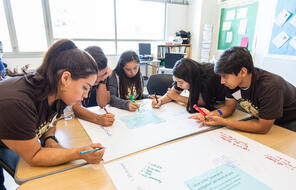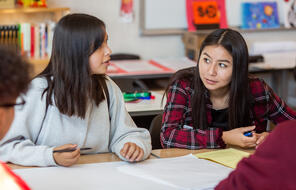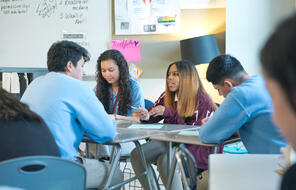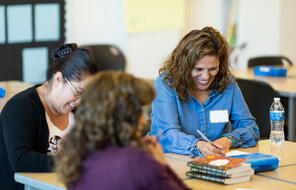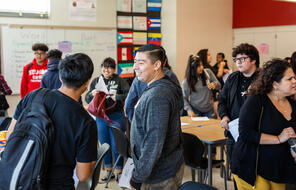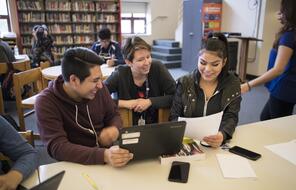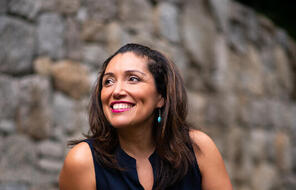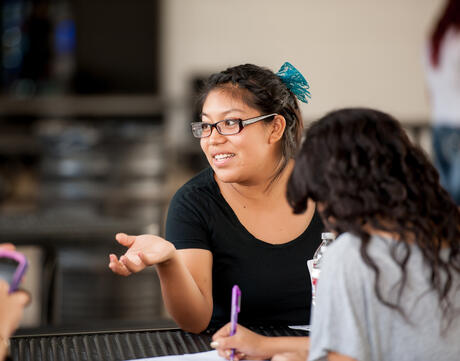
Coming of Age in a Complex World
Resources
10Subject
- English & Language Arts
Grade
7–12Language
English — USPublished
Introducing Coming of Age in a Complex World
This English Language Arts curriculum collection invites students to explore the questions that matter to them, in all their complexity. The young adults in your classroom are deeply invested in exploring their identities and relationships to others in the world. At Facing History, we view adolescence as a time of opportunity and growth; a time when young people are looking to engage in their communities; and a time when students are primed to think critically about complex topics like identity development, belonging, agency, inequity, and justice.
With daily opportunities to read, write, and talk, this collection provides powerful opportunities for self-reflection and personal growth. Our coming-of-age texts reflect a wide range of voices and perspectives, and our engaging learning experiences invite students to consider the complexities of the young adult characters they encounter—their choices, motivations, influences, and the moral universes of the settings they inhabit. Through these imaginative learning journeys, students cultivate empathy and clarify their own coming-of-age experiences, beliefs, and ethics in community with others during a time when it can feel like everything around them is in flux.
Looking for more ELA materials? Check out our Borders and Belonging ELA Collection for more great resources that invite students to explore the complicated world of belonging and the tangible and intangible borders that shape it.
What’s Included
- Collection Overview to orient you to the collection contents and provide sample pathways through the content
- Back to School Toolkit to help you build community with your students
- Three on-demand webinars featuring #DisruptTexts co-founder Dr. Kimberly Parker, young adult author Jennifer DeLeon, and Katherine Schulten of the New York Times Learning Network in conversation with two winners of the NYT student Coming of Age contest
- Introductory lesson that explores the concept of “coming of age”
- Three multi-genre text sets for Grades 7–8, Grades 9–10, and Grades 11–12 with lesson plans and assessment ideas
- Unit Guide for teaching Jacqueline Woodson’s Brown Girl Dreaming
- ELA Unit Planning Guide to help you design a coming-of-age literature unit for a book of your choosing
- Book Club Guide with the resources and tools to launch student-centered book clubs
- Whole School Read Planning Guide to help you foster a school-wide literacy community

Get to Know the Collection
Use our Collection Overview to get familiar with all of our coming-of-age curriculum resources and professional learning opportunities.
A collection roadmap and sample pathways show you how to combine collection elements into a custom learning experience for your unique context.
Build Your Own Pathway
This collection is designed to be flexible, so you can choose the resources that are best suited to your unique context. To build your own pathway through the collection, we recommend selecting resources from each of the three categories below: Before Teaching, Getting Started in the Classroom, and Go Deeper.


